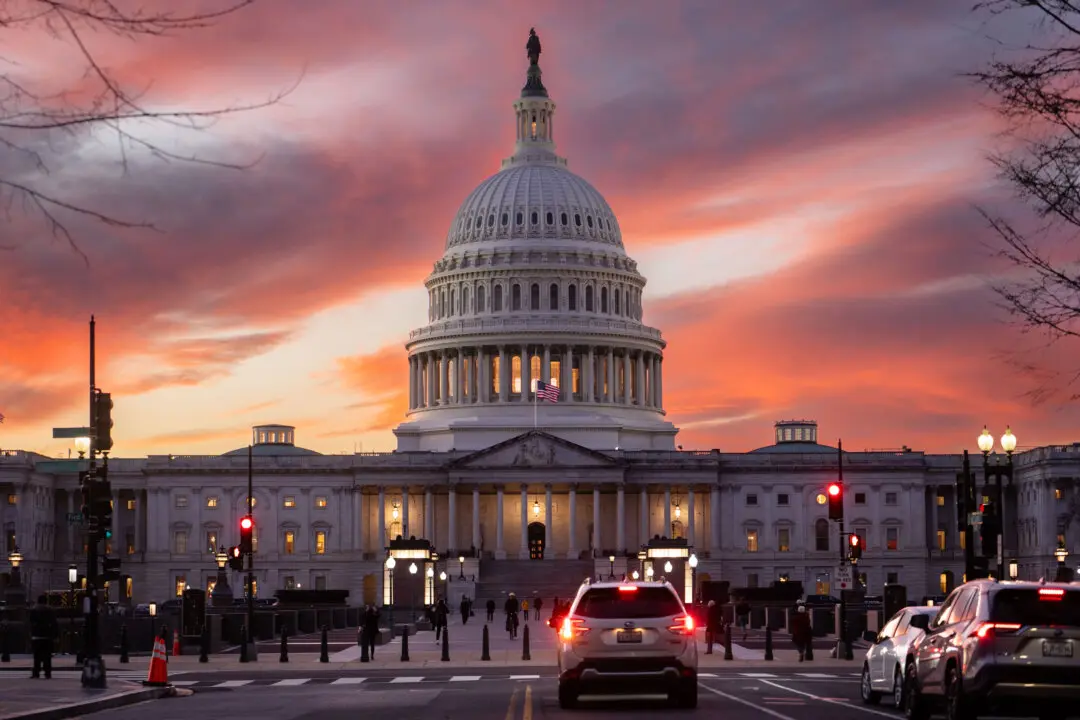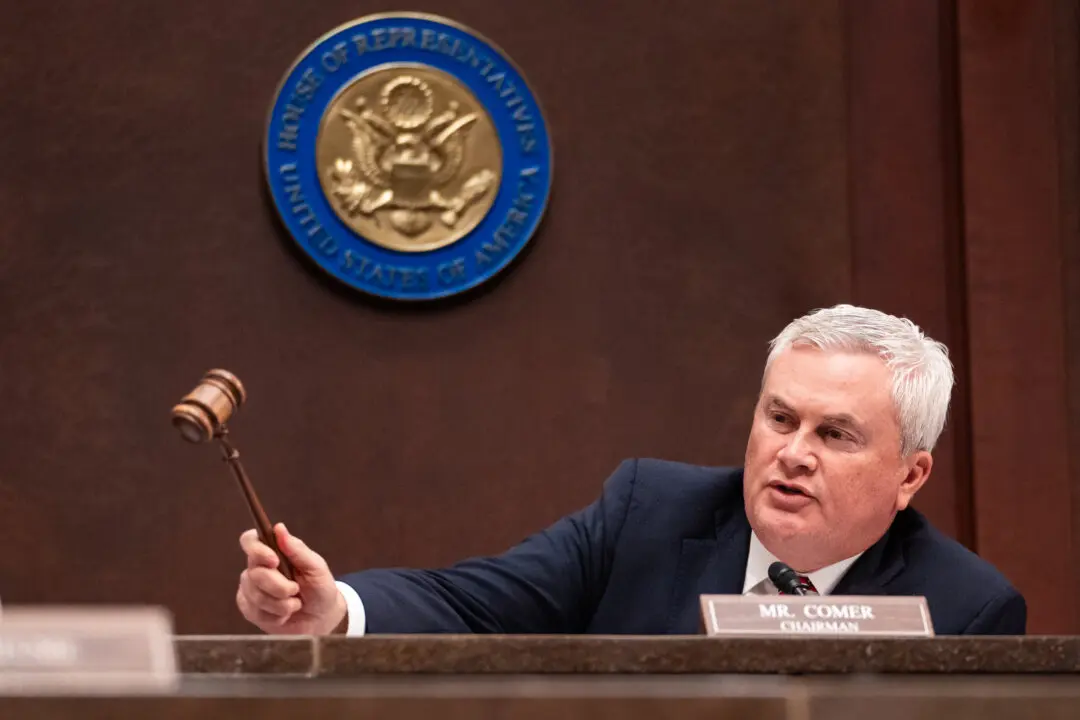Less than a month has passed since the Supreme Court struck down President Joe Biden’s 2022 student loan forgiveness plan as unconstitutional.
Yet, Inez Stepman of the Independent Women’s Forum points out, the commander-in-chief still got what he wanted that year. Young Americans seeking relief from their debt burden turned out to vote for a party that promised it.





